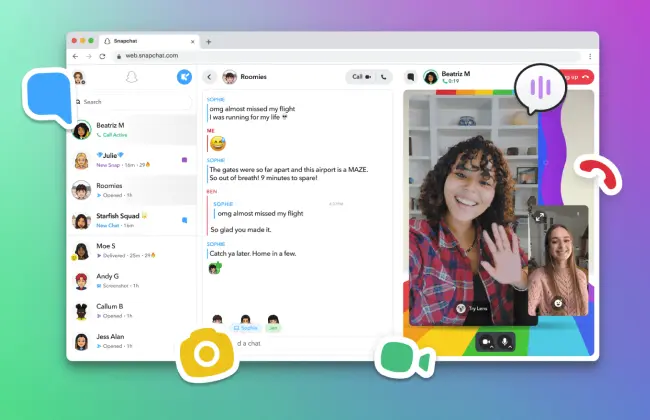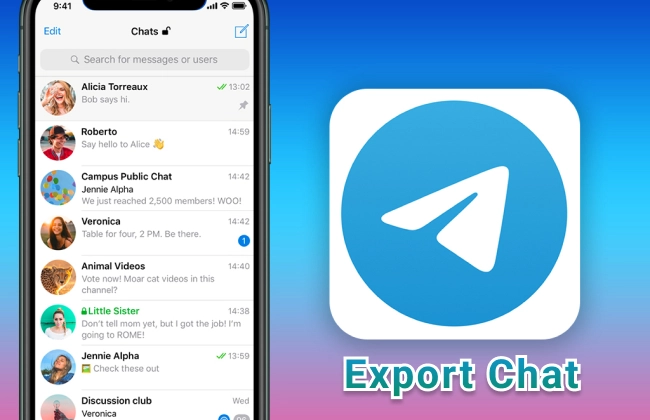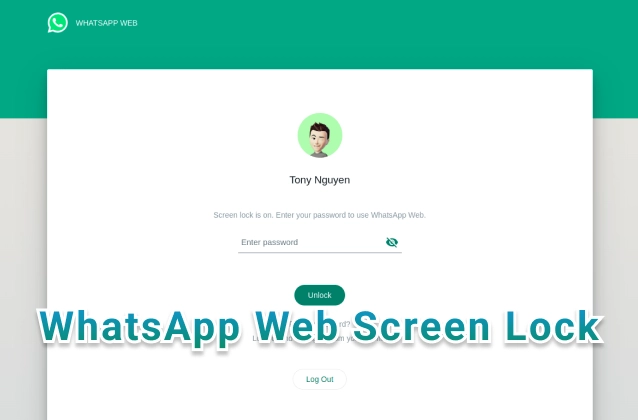
Here are 11 tips to help you write better ChatGPT prompts and get the most out of this powerful language model.
- Be specific. The more specific your prompt is, the better the results you'll get. Instead of asking ChatGPT to "write a poem," ask it to "write a poem about love."
- Give examples. If you can, give ChatGPT some examples of what you're looking for. This will help it understand your request better.
- Use keywords. When you're writing your prompt, be sure to use keywords that are relevant to the topic you're interested in. This will help ChatGPT focus its attention.
- Be clear and concise. The shorter and more concise your prompt is, the better. ChatGPT is still under development, and it can be difficult for it to understand long or complex prompts.
- Use natural language. ChatGPT is trained on a massive dataset of text, so it's best to use natural language when writing your prompts. Avoid using technical jargon or acronyms.
- Be patient. ChatGPT is still under development, so it may not always get your prompts right. If you're not happy with the results, try rephrasing your prompt or giving it more examples.
- Experiment. There's no one right way to write a ChatGPT prompt. Experiment with different techniques and see what works best for you.
- Use follow-up prompts. If you're not happy with the first response you get from ChatGPT, you can always use a follow-up prompt to get more information.
- Be creative. Don't be afraid to be creative with your prompts. ChatGPT is a powerful tool that can be used for a variety of purposes.
- Have fun! ChatGPT is a great way to explore your creativity and learn more about language. So relax, have fun, and see what you can create.
I hope these tips help you write better ChatGPT prompts and get the most out of this powerful language model.















